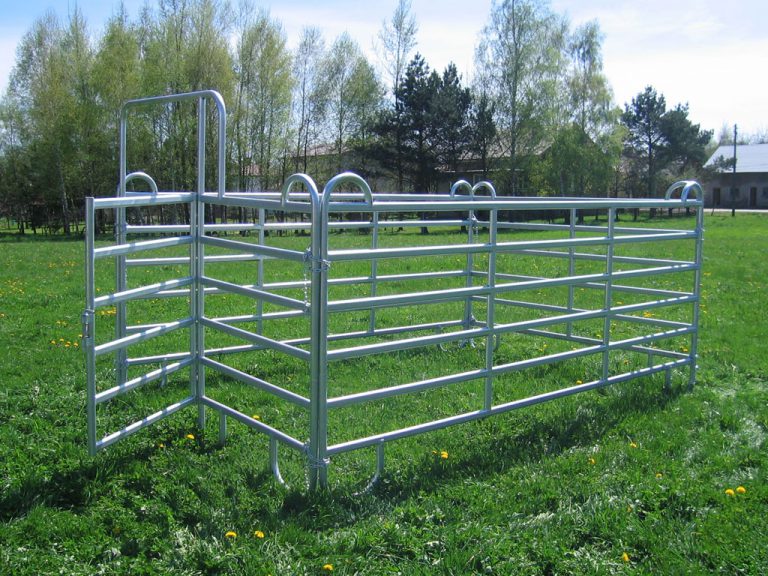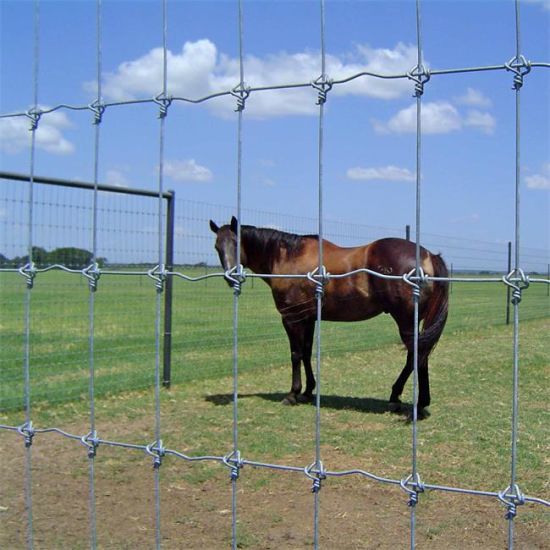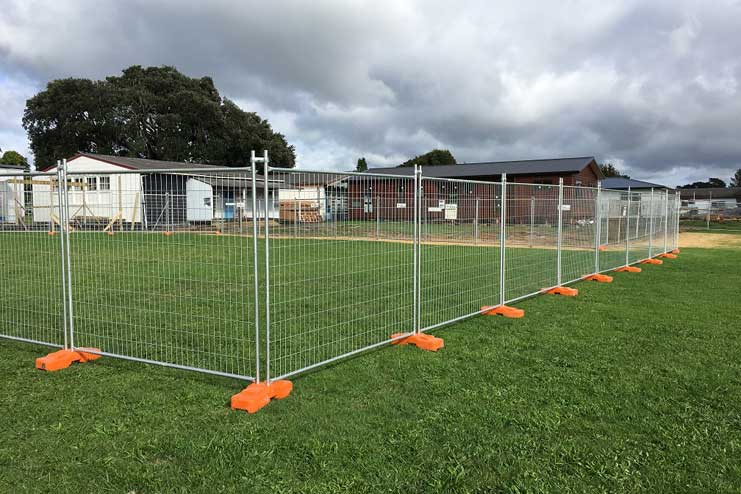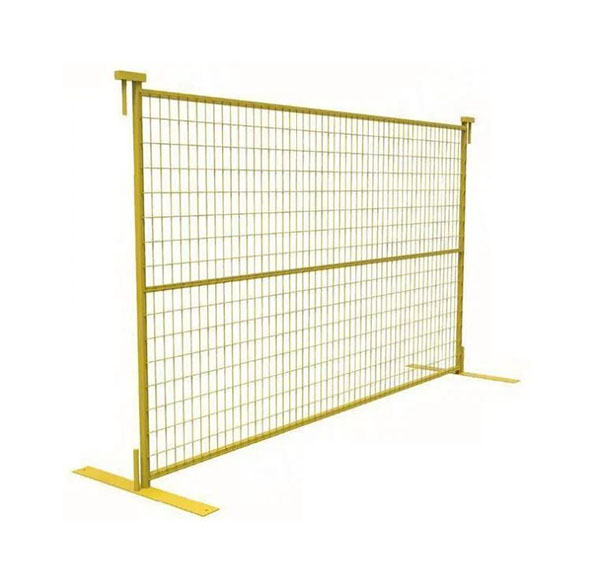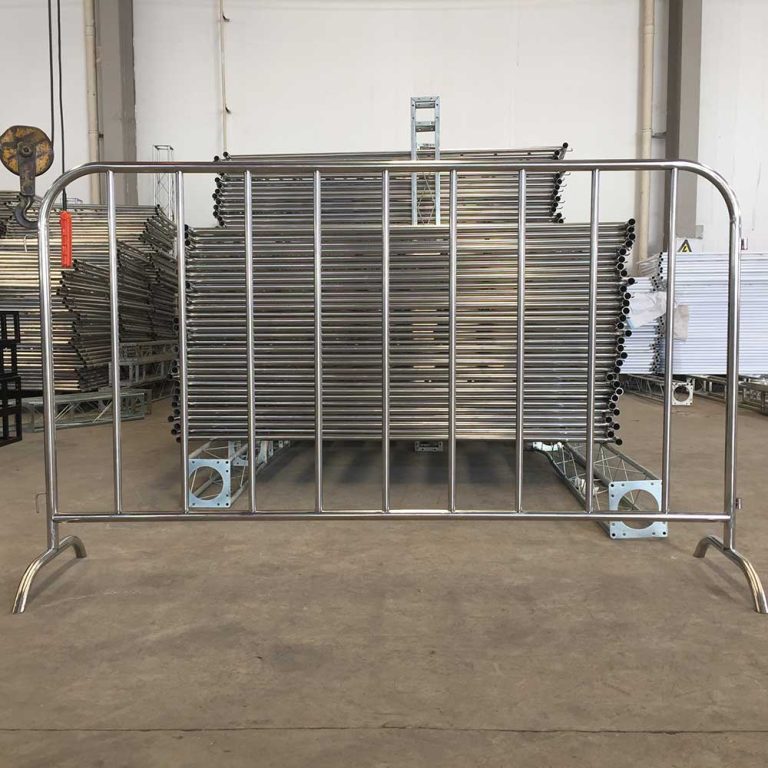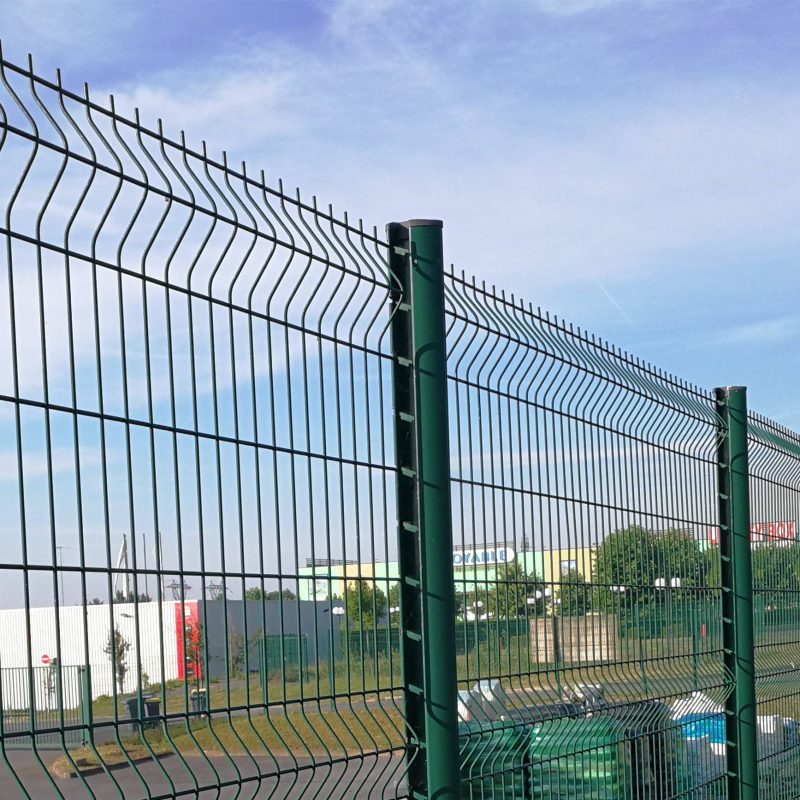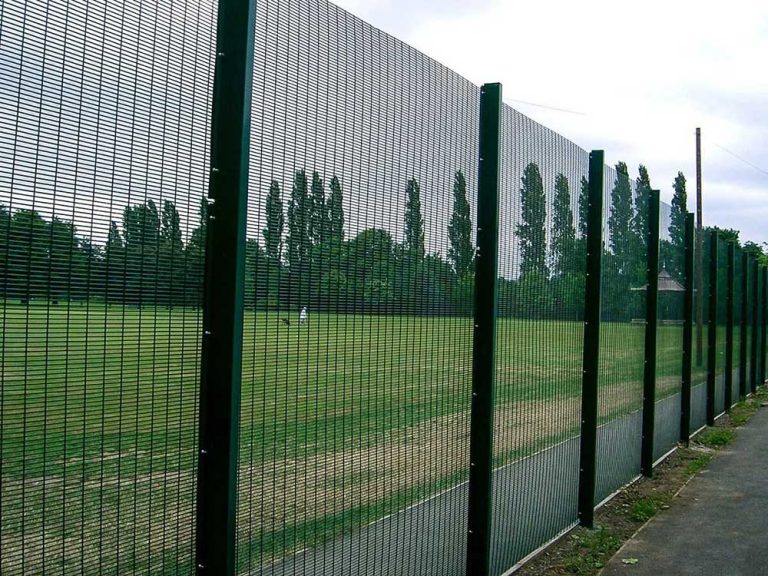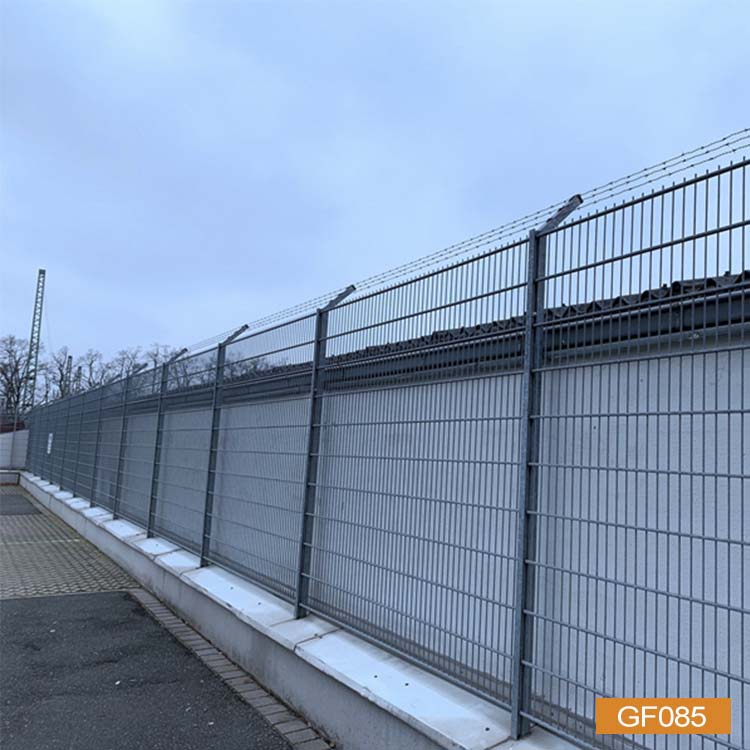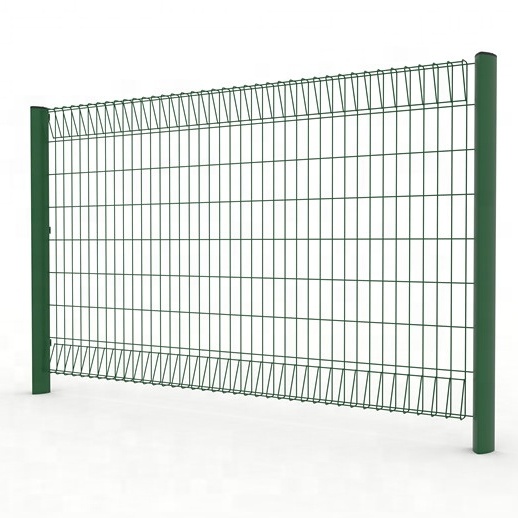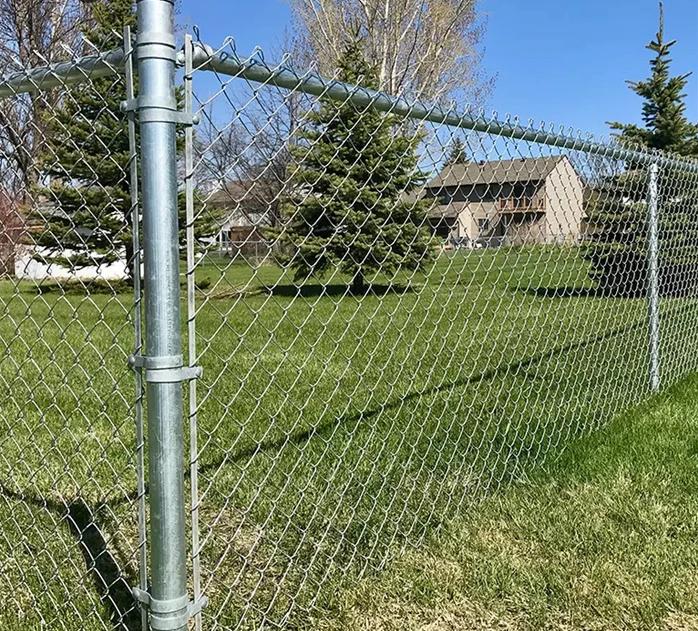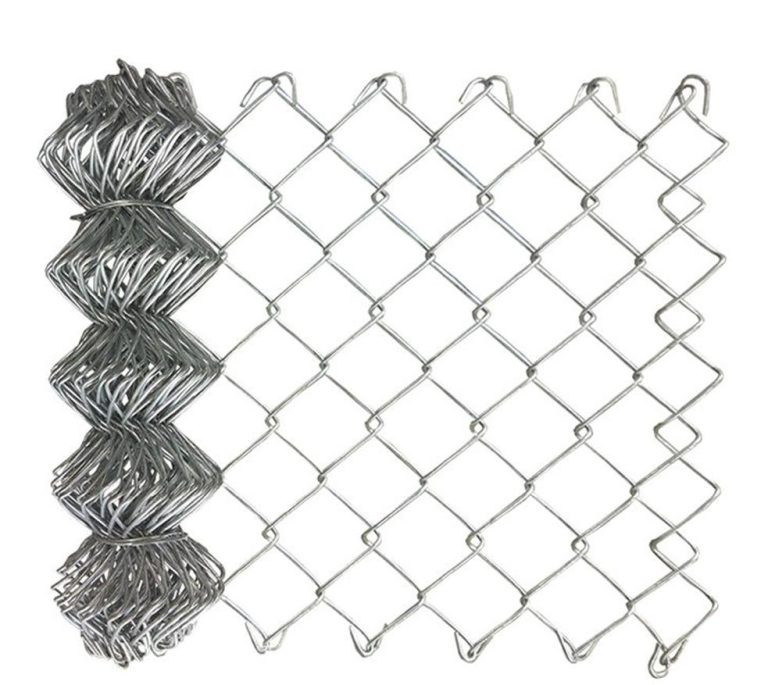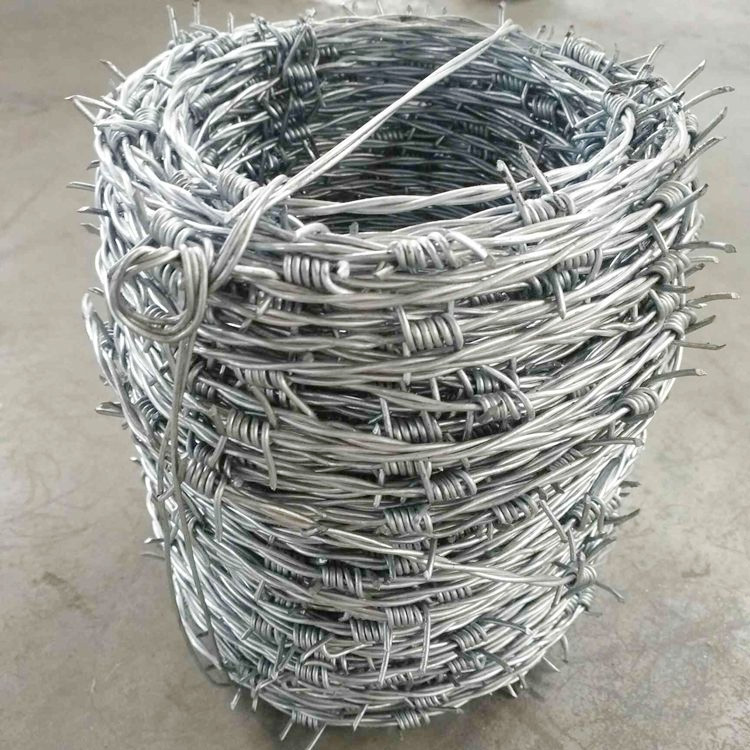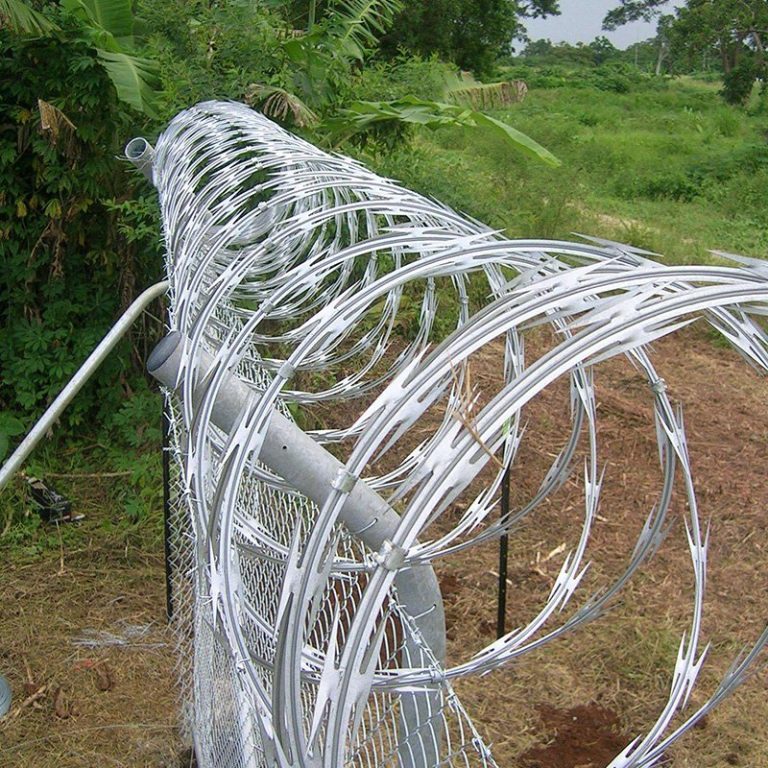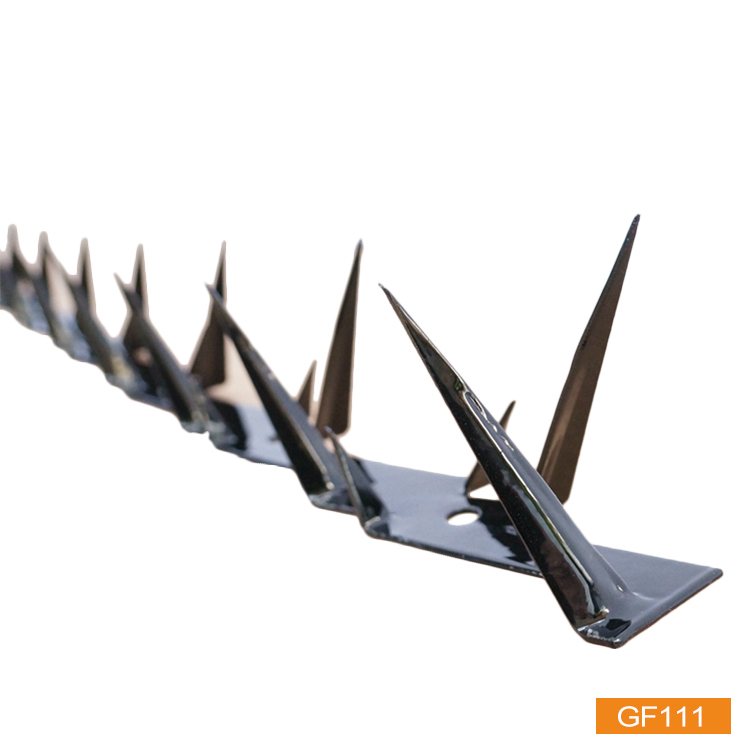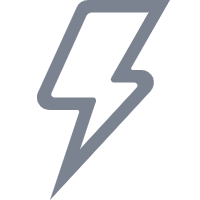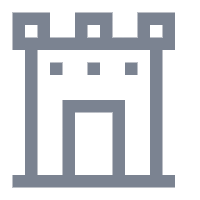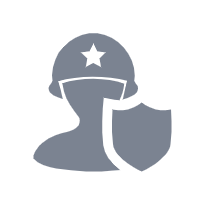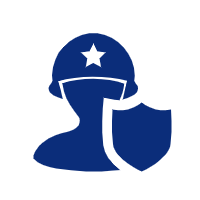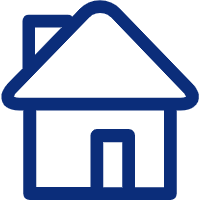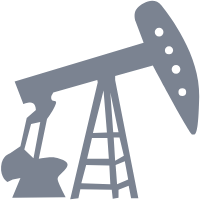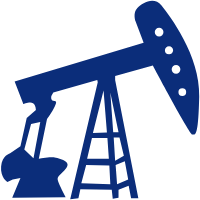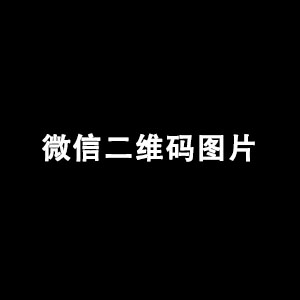Overview of Cattle Panels
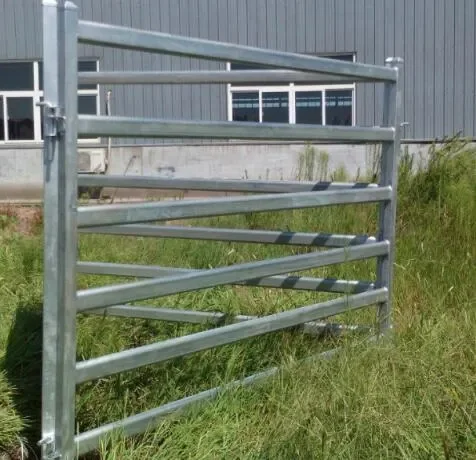
Definition and Purpose of Cattle Panels
Cattle panels, sometimes called livestock panels, are vital tools in farming and gardening. They help build enclosures to keep animals like cattle, sheep, and horses safe and secure. These panels usually come from galvanized welded steel tubes. That gives them a tough, firm build fit for both short-term and long-lasting fencing jobs. Their strength and flexibility make them a must-have for farmers and gardeners.
Common Uses of Cattle Panels in Agriculture and Gardening
Cattle panels have lots of uses on farms. They set up borders, make pens for livestock, and shield crops from wild critters. Beyond holding animals, they also work in gardens. There, they form trellises for climbing plants or guards around garden patches. Their all-purpose nature lets them shift to different tasks across farms and yards.
Materials and Construction of Cattle Panels
Cattle panels get made from top-notch galvanized steel tubes. These can be square, oval, or round shapes. This setup boosts strength while keeping things light for easy moving and setting up. The galvanizing step stops rust and wear, making them last longer even in rough weather. Plus, they often have handy features like drop bolt locks. Those keep animals safe yet let folks get in when needed.
Hole Sizes in Cattle Panels
The size of holes in cattle panels matters a lot. It shapes how they work for different jobs, from handling livestock to gardening tasks.
Typical Range of Hole Sizes in Cattle Panels
Hole sizes in cattle panels change based on what they’re for. Mesh gaps often run from small, like 50 mm × 50 mm, to bigger ones, say 75 mm × 150 mm or more. These options fit various animals or plant setups while keeping things secure and supported.
Factors Influencing the Size of the Holes
A few things guide hole size choices in cattle panels:
- Type of Livestock: Tiny holes stop small animals like sheep or goats from slipping out.
- Purpose: For garden trellises or barriers, bigger gaps suit plant growth while holding steady.
- Safety Requirements: Smaller holes cut the chance of animals getting hurt or stuck.
- Durability Needs: Closer wires mean a stronger panel overall.
Benefits of Different Hole Sizes in Cattle Panels
Hole size variety brings perks suited to farm or garden needs.
Ease of Access for Handling Plants or Livestock
Panels with the right-sized holes make handling livestock or plants simpler. For instance:
- Small gaps keep little animals in check without risking their safety.
- Bigger openings let farmers or gardeners tend plants easily without tearing down the setup.
This range makes cattle panels handy for all kinds of uses on farms and in gardens.
Ventilation and Visibility Advantages
Good airflow matters for healthy pens. The open style of cattle panels lets air move freely. That stops overheating or stuffy conditions for animals. Also:
- Bigger mesh gaps let you keep an eye on livestock or plants better.
- It calms animals by letting them see around them clearly.
These upsides boost animal well-being and farm output.
Applications Based on Hole Sizes in Cattle Panels
Using Cattle Panels for Livestock Containment
Cattle panels shine at keeping livestock in place. They ensure safety and security for animals like cattle, sheep, and horses. Made of galvanized welded steel tubes, they offer solid strength. This suits both temporary and fixed fencing. Hole sizes play a big part here. Smaller ones stop little animals, like goats or young calves, from getting out. Yet, they still allow air and sight through.
Their flexibility lets farmers shape them into all sorts of pens based on farm needs. Being light but tough, they’re easy to haul and set up. That’s perfect for quick pens at livestock shows or sales. The galvanizing keeps rust and wear at bay, so they hold up in tough outdoor settings.
Adapting Hole Sizes for Garden Trellises
Cattle panels aren’t just for animals—they’re ace for garden trellises too. Their hole sizes can match up with climbing plants like tomatoes, beans, or cucumbers. Wider gaps let plants spread out while giving room to trim or pick crops.
Their sturdy build handles heavy harvests without bending or breaking. The open layout boosts air around plants too. That cuts down on mold or rot risks. By tweaking hole sizes for garden jobs, cattle panels turn into useful, good-looking tools.
Customizing Cattle Panel Hole Sizes
Tools Required for Modifying Panel Dimensions
Tweaking cattle panel hole sizes takes certain gear for accuracy and safety. You’ll need:
- Bolt cutters: They slice steel wires no sweat.
- Angle grinders: These smooth out rough edges after cuts.
- Measuring tape: It keeps sizes spot-on.
- Protective gloves and goggles: They shield you from sharp bits and flying junk.
Good tools make the job easier and keep the panels strong.
Safety Tips When Cutting or Adjusting Panels
Safety comes first when changing cattle panels. Always wear gear like gloves, goggles, and solid shoes. Lock the panel down on a steady spot before cutting so it won’t shift. If you’re using power tools like angle grinders, check they’re working right. Stick to the maker’s rules too.
Smooth out any jagged edges after cutting. That stops cuts to people or animals. Adding rust-proof paint or galvanizing spray to cut spots also keeps them lasting longer by blocking rust.
Selecting the Right Cattle Panel for Your Needs
Matching Hole Sizes to Specific Applications
Picking the best cattle panel hinges on what you’re using it for. For livestock:
- Small holes (like 50 mm × 50 mm) suit little critters like sheep or goats.
- Medium gaps (say, 75 mm × 150 mm) fit bigger animals like cattle and still let you see through.
For gardening:
- Wide openings let plants grow free while holding them up.
- Even spacing looks nice in garden layouts.
Matching holes to your job gets the most out of cattle panels.
Considering Durability and Longevity
Staying power is key when choosing cattle panels. Ones made from galvanized steel fend off rust and wear well. That means they last through rough weather. Plus:
- Welded joints beef up strength.
- Light builds make moving and setup simple without losing toughness.
Spending on quality panels cuts upkeep costs over time. It also ensures they work well for all sorts of tasks.
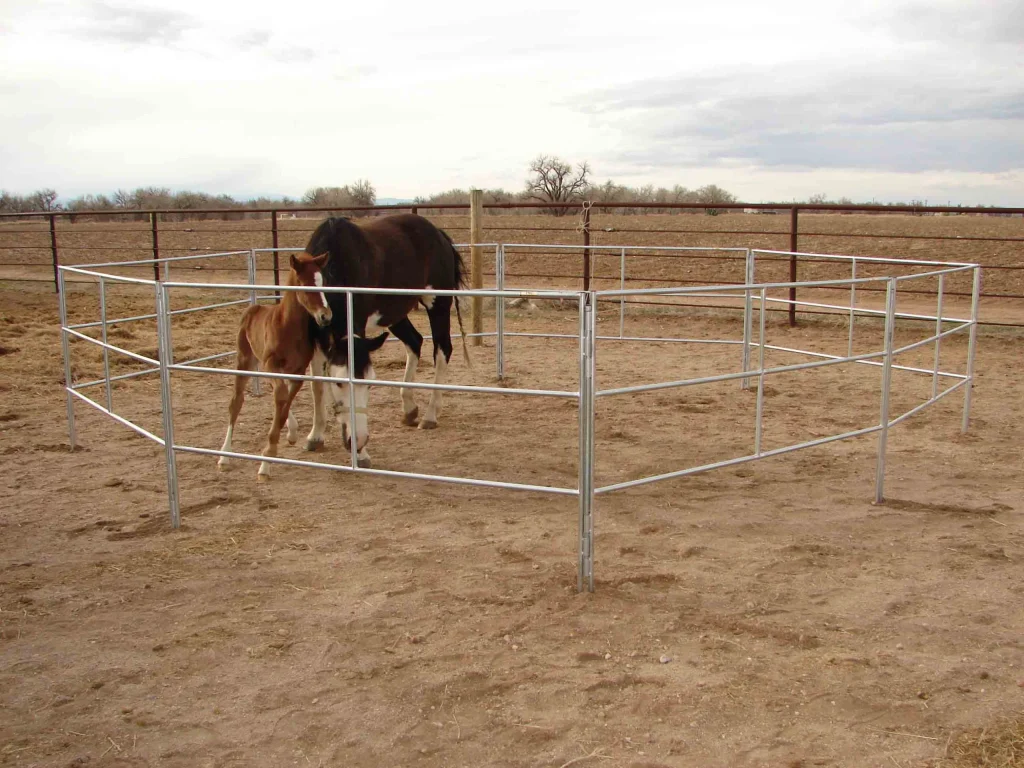
Frequently Asked Questions (FAQs)
How big are the holes in standard cattle panels?
They usually range from 50 mm × 50 mm to 75 mm × 150 mm.
Can I customize the size of holes in cattle panels?
Yep, you can tweak them with bolt cutters or angle grinders. Firms like AnPing JiaHui Wire Mesh Co., LTD. also do custom jobs if you ask.
Are smaller holes always better?
Not always. Small holes work for tiny animals but might cramp plant growth in gardens where bigger gaps help more.
What materials are used in making cattle panels?
They’re mostly built from galvanized welded steel tubes. These are known for strength and rust resistance.
For more on custom options from AnPing JiaHui Wire Mesh Co., LTD., reach out to their crew through official ways!

